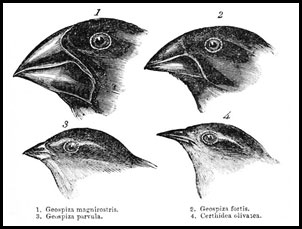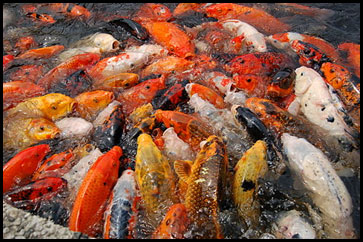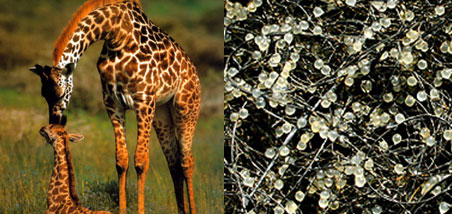
Charles Darwin is credited with first introducing the idea of evolution by means of natural selection. In order for natural selection to take place, three important principles must be evident in a population.

A population requires variation in order for natural selection to occur. If all members of the population were identical, in theory, they would all survive and reproduce. The population would never change over time. It is important to note that these variations must be heritable, in other words, they can be passed on to offspring. Look at the picture of Darwin’s finches. What variation do you see among the four species? Record your answer in your notes.

The finches that Darwin observed in the Galapagos Islands were similar but had a variation in beak size and shape, depending on the available food sources. These variations allowed natural selection to occur, resulting in different species of finches.


These three mechanisms of natural selection can contribute to or detract from reproductive success in a population. Organisms that are a better fit for their environment tend to reproduce and pass on their traits, resulting in a shift of the population that reflects the inherited trait or traits.
Sources of images used for this section as they appear, top to bottom: